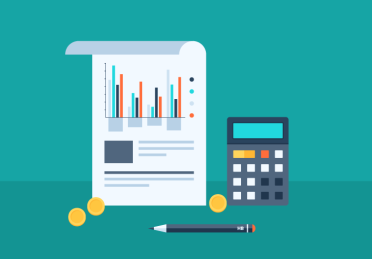As one of the most essential aspects of a business proposal, the financial plan utilizes current financial data to project long-term profits and losses for your company. As a business owner, having a strong financial plan helps you identify potential issues and discrepancies while it’s still early enough to make changes. Having a good financial plan handy also improves your odds of securing funding from banks and other investors by showing you’ve done your due diligence.
Still, first-time entrepreneurs often struggle to create these all-important documents.
Below are five components every financial plan should have, along with suggestions for collecting the necessary data to plan your business’ future.






